Epiphytes | ||
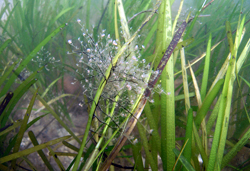
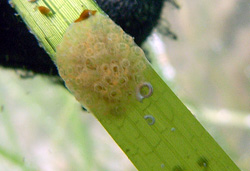
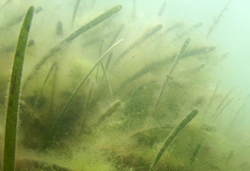
| 
| As with any surface in the marine environment, seagrass leaves provide a place for planktonic organisms to settle. When they settle on seagrass leaves, they are called epiphytes (sessile organisms that grow on plants). Epiphytes of seagrasses include algae (micro and macro), bacteria, fungi, sponges, bryozoans, tunicates, protozoa, hydroids, crustaceans and mollusks. Of all of these, algae are the most abundant and diverse group to colonize seagrass leaves. Algal epiphytes significantly contribute to the primary productivity of the ecosystem (20-60%), and form the base of many food webs within seagrass communities. This is why, I partner with seaweed. |
Navigation
Install the app
How to install the app on iOS
Follow along with the video below to see how to install our site as a web app on your home screen.
Note: This feature may not be available in some browsers.
More options
You are using an out of date browser. It may not display this or other websites correctly.
You should upgrade or use an alternative browser.
You should upgrade or use an alternative browser.
Epiphylets
- Thread starter Subsea
- Start date
- Tagged users None
https://www.intechopen.com/chapters/50582
Abstract
Biofilms are a mixture of complex communities of organisms mostly composed of diverse bacteria that vary depending on the surrounding environmental conditions induced by physical and chemical factors. In biofilms, symbionts play major roles in the relationship among organisms by the production of bioactive molecules involved in quorum sensing signaling. A cohesive structure of a multi‐layer of extracellular polymeric substances (EPS) such as polysaccharides and proteins is the base of biofilm structural organization. Biofilms can be found in a variety of habitats, on free‐living, on the surface of other organisms or inert surfaces, both in aquatic as well as terrestrial environments.Note the term, quorum sensing bacteria where bacteria in biofilm of algae surface communicate with bacteria in biomass of algae interior.
I found myself focused on #4. After I read John Tullock’s book, Natural Reef Aquariuns, I decided to emulate a compatiable bio type so I choose a Caribbean mixed garden lagoon, with emphases on filter feeders.
“Debunking the myth that reef aquariums need to be wildly expensive and technologically complex, John Tullock offers a new, radically simple approach to producing beautiful, captive microcosms.
Using live rock and live sand as part of a natural filtration system, the home aquarist can now create vibrant reef tanks that are biologically stable and simple to maintain.“
“With Tullocks suggestions, the reefkeeper can now mimic natural habitats such as a Florida Keys Lagoon, a Caribbean Turtle Grass Flat, an Indo-Pacific Deep Cave, or a Red Sea Patch Reef. With more than 200 color photographs and illustrations, Natural Reef Aquariums provides inspiration for both beginning and expert marine reef hobbyists.“

Microbes in the coral holobiont: partners through evolution, development, and ecological interactions
In the last two decades, genetic and genomic studies have revealed the astonishing diversity and ubiquity of microorganisms. Emergence and expansion of the human microbiome project has reshaped our thinking about how microbes control host health—not only as pathogens, but also as symbionts. In...
 www.frontiersin.org
www.frontiersin.org

Microbes in the coral holobiont: partners through evolution, development, and ecological interactions
In the last two decades, genetic and genomic studies have revealed the astonishing diversity and ubiquity of microorganisms. Emergence and expansion of the human microbiome project has reshaped our thinking about how microbes control host health—not only as pathogens, but also as symbionts. In...
“Microbes in the coral holobiont: partners through evolution, development, and ecological interactions”
- 1Civil and Environmental Engineering Department, Massachusetts Institute of Technology, Cambridge, MA, USA
- 2Department of Biology, Woods Hole Oceanographic Institution, Woods Hole, MA, USA
- 3Department of Biology, Pennsylvania State University, University Park, PA, USA
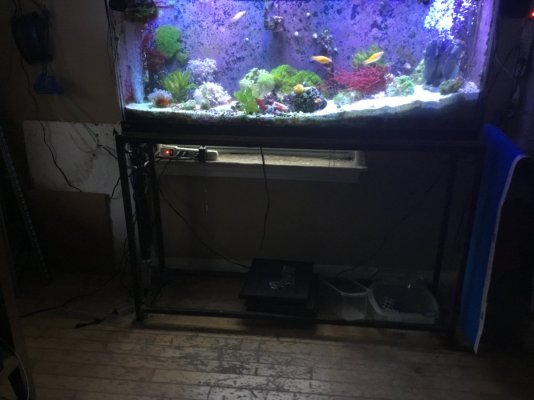
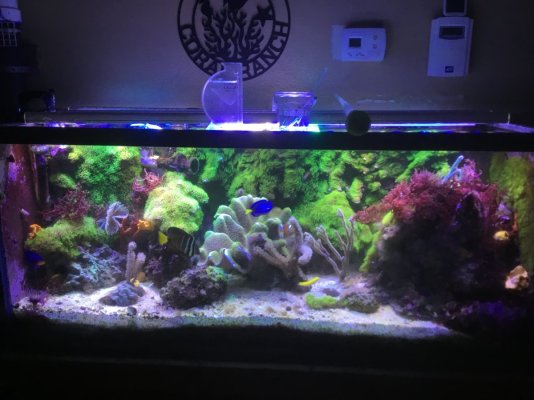
Last edited:
@Paul B
Are you familiar with Long Island Seaweed Conservation website? It’s part of Suffolk County Corporate Exchange from Cornel University. They may have some grass shrimp & pod collection areas.
Similar threads
- Replies
- 16
- Views
- 714
- Replies
- 2
- Views
- 292
-
- AMS: Article
- Replies
- 47
- Views
- 2,852












